Let’s focus today on the unfortunate second-rate division which happened to be garrisoned at the wrong place at the wrong moment on that fateful month of June 44: the 716. Infanterie-Division.
THE 700-SERIES DIVISIONS
The 716. Infanterie-Division was raised as part of the 15. Welle (15th wave of mobilization). What made this Welle special is that all fifteen divisions (all numbered in the 700-series) were considered “Bodenständigen“, meaning “static”. They were to have the bare minimum (if any) transportation, only two infantry and one artillery regiments, and were destined to act as garrison troops in occupied countries.
As far as equipment was concerned, 700-series divisions were at the bottom of heap: most of their heavy weapons would be Beutewaffen, weapons captured from various origins, and conscripts assigned to them had usually been turned down for service in active units. They were either too old, too sick or, for the few ones with combat experience, recovering from serious wounds. To make up for numbers, a lot of foreigners were more or less willingly pressed into the divisions.
FORMATION OF THE 716. INFANTERIE-DIVISION
The 716. Infanterie was formed on May 2nd, 1941, in Germany, and transferred in Rouen (France) the next month. Under its first commander, General Otto Matterstock, it completed its training there, all the while performing occupation duty.
Just like others 700-series divisions, the 716. ID was relying on many foreign “volunteers” and equipment: in its case, it was quite a number of former Italians soldiers (Italishes Freiwillige): mostly employed in rear services, such as driver or mechanics. It also happened to field some former experienced Bersaglieri which had actually really volunteered to keep fighting under German uniforms after Italy’s surrender: they formed a good part of the 736. Grenadier-Regiment, which launched some aggressive counter-attacks on D-Day. Each of the division’s two Grenadier-Regiment also had a battalion of Osttruppen attached to it, with a third one as divisional reserve. As for the division’s heavy arsenal, it was made up of Czechoslovakian & Soviet anti-tank & artillery guns.Thankfully for the 716. Infanterie-Division, it happened to have the 21. Panzerdivision as neighbor. As described in the latter division’s DevBlog, it counted among its officers one Major Becker, a crafty engineer who converted many captured French & British vehicles into armored personnel carrier and self-propelled guns for his division. That same Becker extended its talents to the 716. ID, providing it with a few Marder I tank destroyers and a full company of 15cm s.FH 13/1 (Sf) auf Geschützwagen Lorraine Schlepper(f) SdKfz 135/1 … aka PzH Lorraine(f). It is also suspected that the 21. Panzer, once it began being outfitted with Panzer IV, gave a few of its H-35 training tanks to the 716. ID.
DEPLOYMENT IN NORMANDY
On June 1942, the division was transferred to the 15. Armee and moved to Caen. It was soon integrated into the Atlantikwall‘s defenses, dispersed in Widerstandnesten (or Wn, meaning “resistance nests”) from the mouth of the River Orne near Ouistreham to the Carentan Estuary. Hence it was deployed all along beaches which were to become famous, such as ‘Sword’, ‘Gold’, ‘Juno’, ‘Omaha’ & a part of ‘Utah’, as well as guarding the bridges at Bénouville. That represented almost the entire front of the future allied invasion.
Widerstandnesten were usually manned by a platoon or more of men, with their personal weapons augmented with many fixed ones installed in concrete bunkers or trenches: mortar, machine-guns, howitzer, …
![omaha_beach_wn_62_canon_75-1[1]](https://eugensystems.com/wp-content/uploads/2017/07/omaha_beach_wn_62_canon_75-11.jpg)
The men from Wn 62, which put a strong resistance and inflicted the Americans heavy casualties on Omaha Beach.
Yet, on D-Day, the division was still overextended, especially considering that it was fielding only half the strength it was supposed to have by regulation: barely 7.700 men instead of 17.000!
D-DAY
On D-Day, 716. ID‘s soldiers were the first to encounter Allied soldiers at the bridges over the Orne River & Canal at Bénouville, aka Pegasus Bridge. Nearby 21. Panzer units, despite hearing the gunshots, barely moved toward the bridge … for they knew the bridge’s garrison was scheduled to have an exercise with blank bullets that night! Yet, an armored patrol did come scouting the area, but was repelled when a lone British paratrooper with Howard’s company sole PIAT managed a miraculous shot, detonating the lead vehicle and its ammunition. Much debate has occurred since then to determine what vehicle it was and to which unit it belonged. As it appears, it seems to have been one of the 716. ID‘s PzH Lorraine.
While the bridge’s garrison had been driven off, but was regrouping to harass the British paratroopers, the rest of the 716. ID was soon engaged all along the shoreline when assault barges hit the beaches from Ouistreham to Utah Beach. Accounting for the poor quality of its troops and equipment, the 716. ID can be given credit for putting a tenacious defense all day long. But by the end of D-Day, except for an isolated counter-attack by Kampfgruppe Rauch (21. Panzer), none of the expected armored counter-strikes had materialized and the Allied were well-established inland.
By nightfall on June 6th, the 716. ID had lost 3.000 men and its front was broken in many places, allied infantry and tanks pouring inland. A few strong points were still holding, but running out of ammunition and without any hope of relief. Kurt Meyer, commanding the vanguard of 12. SS-Panzerdivision, arrived during the night at General Richter’s HQ in Caen. As described in his memoirs, the command bunker had been turned into a dressing station with wounded men lying everywhere, Richter desperately trying to restore communication with his remaining centers of resistance. While a demoralized Richter was briefing Meyer on the situation, one such officer, Oberst Krug from 736. Grenadier-Regiment phoned his commander.
Krug’s regimental headquarter was set in Wn 17 (Fortress ‘Hillman’ for the Allies) at Colleville-sur-Orne, and when he called his superior around 10 PM on June 6th, it was to tell him that most of his position had been overwhelmed and that only his own command bunker was still holding but that he could hear the British walking on his roof. Krug asked for the authorization to surrender, but Richter, holding the phone in front of an SS commander, diplomatically told him to “act according to his better judgment“. The colonel managed to hold his doomed position up to the morning of June 7th before surrendering, despite having both his son and grandson serving under his command alongside him.
While reinforcements were finally arriving on the German side, the 716. ID, or what remained of it, was tasked with defending Caen.
AFTER NORMANDY
By June 15th, the division was already considered completely worn-out and pulled out of the line. Not even 1.500 survivors could be mustered in Le Mans by the end of the month, although some isolated detachments had been amalgamated into other divisions still fighting in Normandy, especially 21. Panzer. The 716. ID was transferred on July 1st to rest and refit in a much quieter place, Perpignan, along the Mediterranean coast, near the Spanish border.
In a similar fashion as the 19th Maine at Gettysburg, the most tested division of the first day of the Allied invasion in Normandy was sent to rest where the next blow was about to fall. Regrouped in the Perpignan area by July 20th, the 716. ID had been brought up to a strength of 7.400 men again (yet its artillery regiment still had no gun at all) by August 15th, when Operation Anvil Dragoon hit the shores of Southern France. Although not directly on its path, the 716. ID was ordered to retreat in all haste to avoid being cut off. Retreating toward Lyon by the Rhône River valley, then toward Alsace, it was harassed all the way by the Resistance, suffering heavy losses.
Nearly destroyed once again in January 1945, it was reformed as the 716. Volksgrenadier-Division in April, one month before surrendering to the Americans.
THE 716. INFANTERIE-DIVISION INGAME
The 716. ID‘s economy is more or less steady over the course of the game, only slowly increasing. Fighting better in defense, it deploys a wide array of anti-tank, anti-aircraft, artillery or support guns from phase A, including some heavy caliber ones like PaK 40 75mm, Flak 88mm, field howitzers, … and a numerous and cheap infantry, including Osttruppen. To support the latter on the offensive, the division relies on Panzer 35H(f) & 39H(f) infantry tanks and a single Flammpanzer B2(f), slow but impervious to most phase A anti-tank weapons and armed with a dreadful heavy flamethrower. The few, unlucky PzH Lorraine sent in an early patrol near Pegasus Bridge are also present, either as armored artillery or makeshift assault guns. … More available observation plane than usual also makes it easier to spot targets for the phase A artillery.
In phase B, in addition to more PzH Lorraine(f), the 716. ID has been attached the Panzer-Abteilung 213 (IRL in nearby Guernsey, both very close yet too far) with its old and slow but sturdy Panzer B2(f) & Flammpanzer B2(f). All of them are lacking in mobility and what they provide is resilience, while a few Marder I are providing mobile anti-tank fire. But its most effective anti-tank weapon remains the dual-purpose Flak 41 88mm.
Artillery, air support and infantry tanks moving as shields are the best way for the 716. ID infantry to break enemy advances and progress itself.

![matterstock[1]](https://eugensystems.com/wp-content/uploads/2017/07/matterstock1-300x278.jpg)
![102LS[1]](https://eugensystems.com/wp-content/uploads/2017/07/102LS1.jpg)
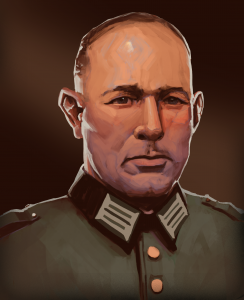
![d-day-invasion-smoke-mg[1]](https://eugensystems.com/wp-content/uploads/2017/07/d-day-invasion-smoke-mg1.jpg)
![forgot13[1]](https://eugensystems.com/wp-content/uploads/2017/07/forgot131.jpg)
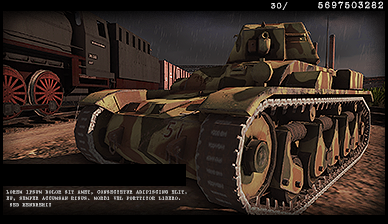
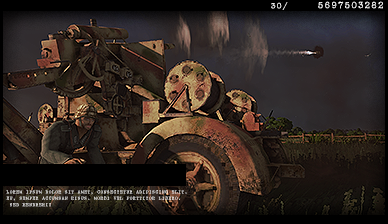
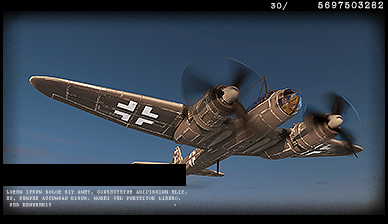
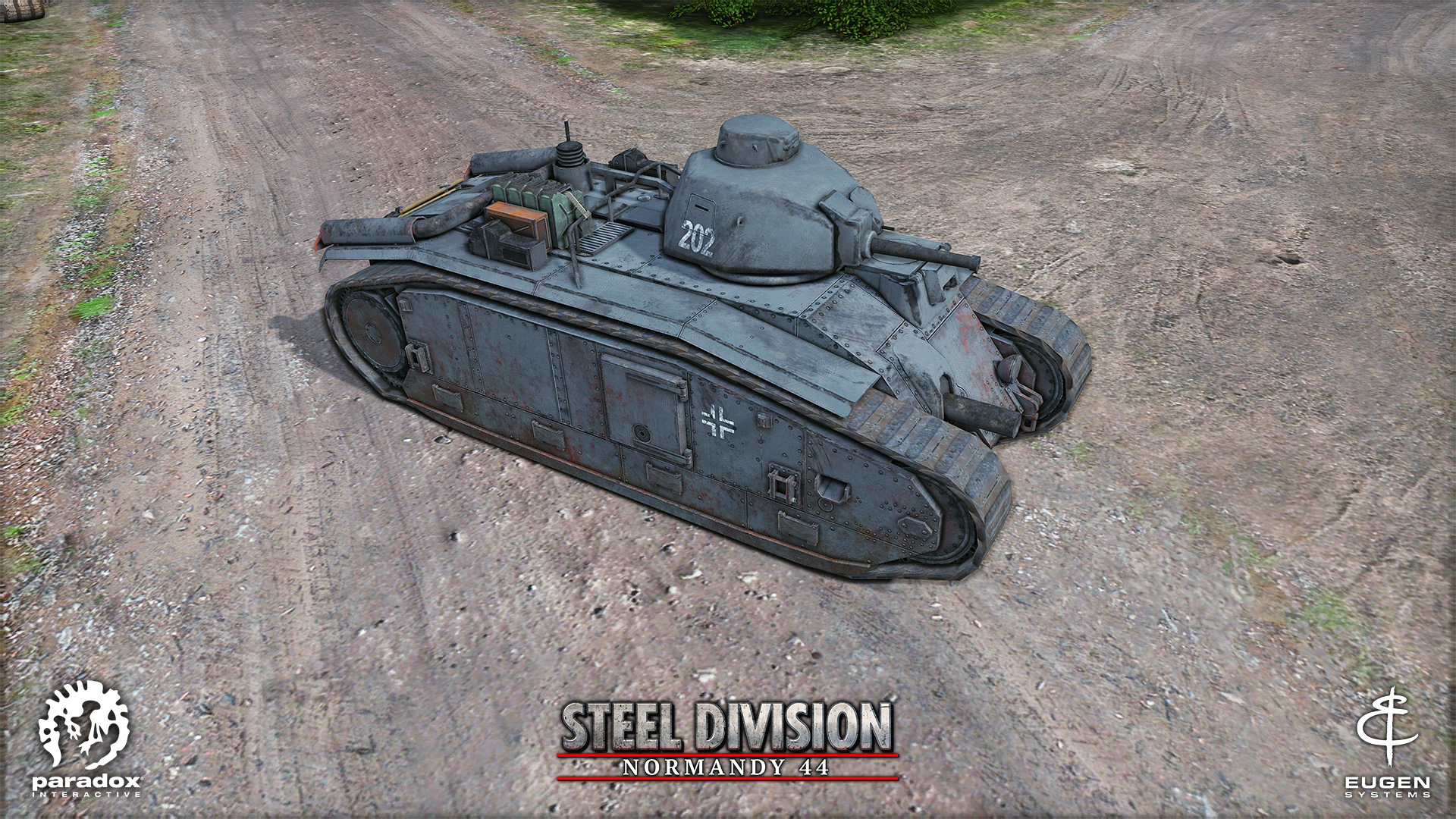
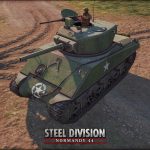
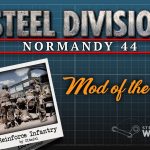
No Comments